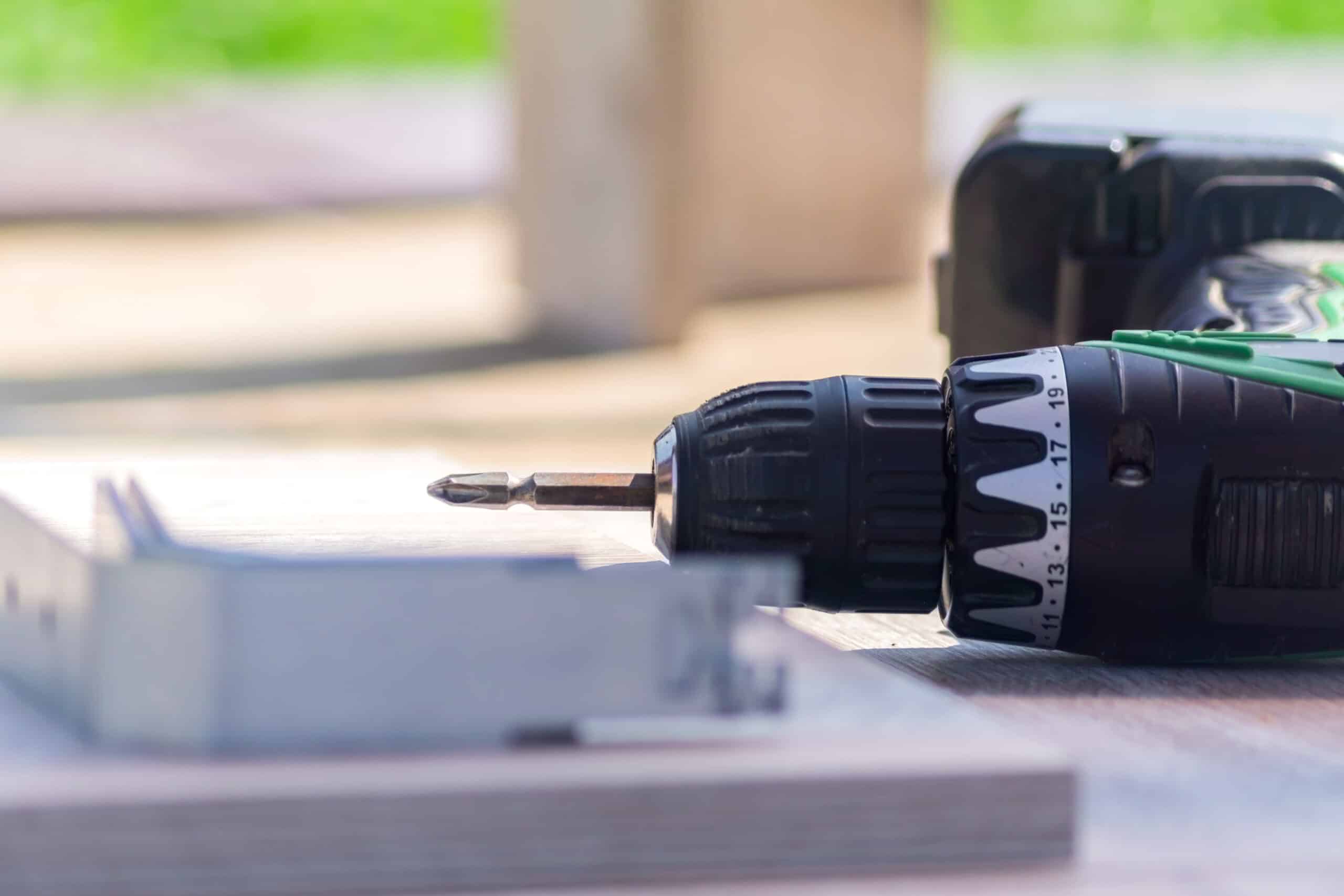What is the Major Disadvantage of Cordless Power Tools?
Key Takeaways
- The major disadvantage of cordless power tools is the limitation of battery life.
- Cordless power tools have a shorter battery life compared to corded tools.
- The need for battery charging time and the availability of power outlets can also be limitations for cordless power tools.
Cordless power tools have become increasingly popular among professionals and DIY enthusiasts due to their convenience and portability. However, like any technology, they do come with their own set of disadvantages. One major disadvantage of cordless power tools is the limitation of battery life.
Unlike corded power tools that are powered directly from an electrical outlet, cordless tools rely on rechargeable batteries for their operation. These batteries store energy that is then used to power the tool. The major disadvantage here is that cordless power tools have a limited runtime compared to their corded counterparts.
Battery Life and Runtime
Cordless power tools have shorter battery life compared to corded tools. The lifespan of a cordless tool’s battery depends on various factors such as the quality of the battery, the frequency and intensity of use, and how well it is maintained and charged. While advancements in battery technology have led to improvements in battery life and runtime, it is still a limitation that needs to be considered.
In general, cordless power tools have a runtime that varies from a few minutes to several hours, depending on the tool and battery capacity. For example, a cordless drill may have a runtime of 30 minutes to an hour, while a cordless circular saw may have a runtime of around 20-30 minutes. This limited runtime can be a disadvantage in situations where continuous power is required for extended periods, such as during long projects or heavy-duty tasks.
Battery Charging Time and Availability
Another disadvantage of cordless power tools is the charging time required to replenish the battery. Once the battery is depleted, it needs to be recharged before the tool can be used again. The charging time can vary depending on the battery capacity and the charger used. Some batteries may take several hours to fully charge, which can be an inconvenience if you are in the middle of a project and need to wait for the battery to recharge.
Additionally, the availability of power outlets for charging can also be a limitation, especially in scenarios where there is limited access to electricity or in outdoor settings. This can restrict the usage of cordless power tools in certain situations where a continuous power source is not readily available.
Additional Batteries and Cost
To overcome the limitation of battery life and runtime, many users opt to purchase additional batteries for their cordless power tools. This allows them to swap out depleted batteries with fully charged ones, ensuring uninterrupted work. However, purchasing additional batteries can add to the overall cost of owning cordless power tools.
Batteries for cordless tools can be quite expensive, especially for high-end tools and larger capacity batteries. The cost of batteries can add up over time, particularly if you require multiple batteries for extended or intensive use. This is an additional expense that needs to be considered when deciding between cordless and corded power tools.
Conclusion
In conclusion, the major disadvantage of cordless power tools is the limitation of battery life. While advancements in battery technology have improved battery life and runtime, cordless tools still have a limited runtime compared to corded tools. The need for battery charging time and the availability of power outlets can also be limitations. Additionally, the cost of purchasing additional batteries adds to the overall expense of using cordless power tools. Despite these disadvantages, cordless power tools offer the convenience and portability that many users find invaluable, especially for tasks that require mobility and flexibility.
Related Websites:
- Corded vs Cordless Tools – Which is Better?
- Cordless vs Corded Tools: Which is Better?
- Corded vs Cordless Tools: Cordless is Best?
- Power Tool Batteries: Everything You Need to Know
- How to Maximize Tool Battery Life: Cordless Tools
- How Long Do Cordless Drills Last? (Battery Life and More)
- Power Tools Safety Guide
FAQs:
Q: What are the advantages of cordless power tools?
Cordless power tools offer portability and convenience, allowing you to work without being restricted by cords. They are versatile and can be used in various locations, making them ideal for projects both indoors and outdoors.
Q: What is the major disadvantage of cordless power tools?
The major disadvantage of cordless power tools is their limited battery life. This can affect your work and productivity, especially for longer projects or tasks that require continuous use.
Q: How can I extend the battery life of cordless power tools?
To extend the battery life, invest in high-quality batteries and chargers. It is also recommended to carry spare batteries for longer projects. Additionally, using the right power settings for the task and minimizing idle time can help maximize battery usage.
Q: Are there alternatives to cordless power tools?
Yes, corded power tools are an alternative to consider. They provide a continuous power supply, eliminating the need to worry about battery life. However, they are limited in terms of portability and may require access to power outlets.
Q: Should I choose cordless power tools despite their limited battery life?
It depends on your specific needs. Consider the advantages of cordless power tools such as portability and versatility. Assess whether the limited battery life will significantly impact your work. Explore different options and make an informed decision based on your requirements.





